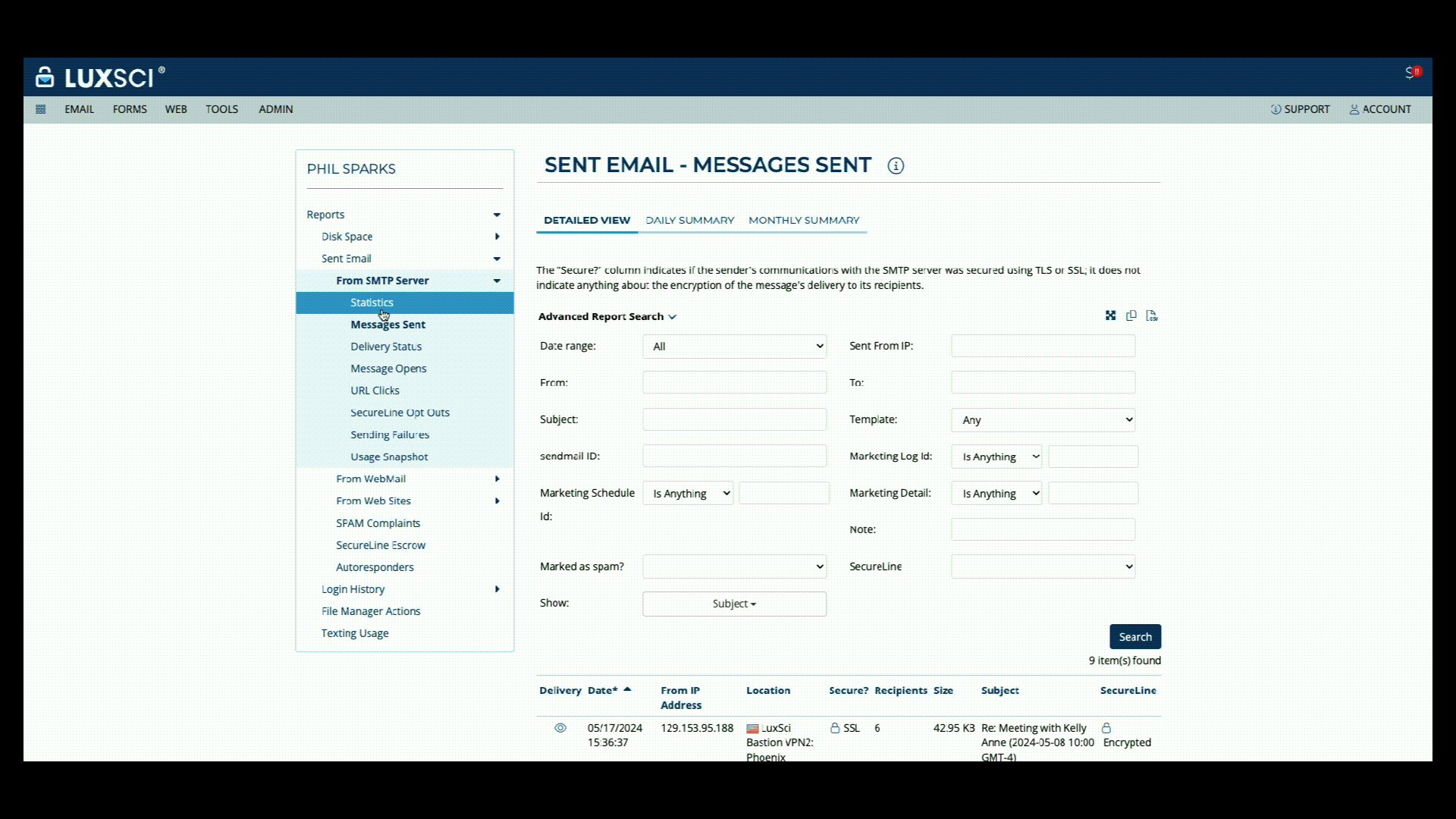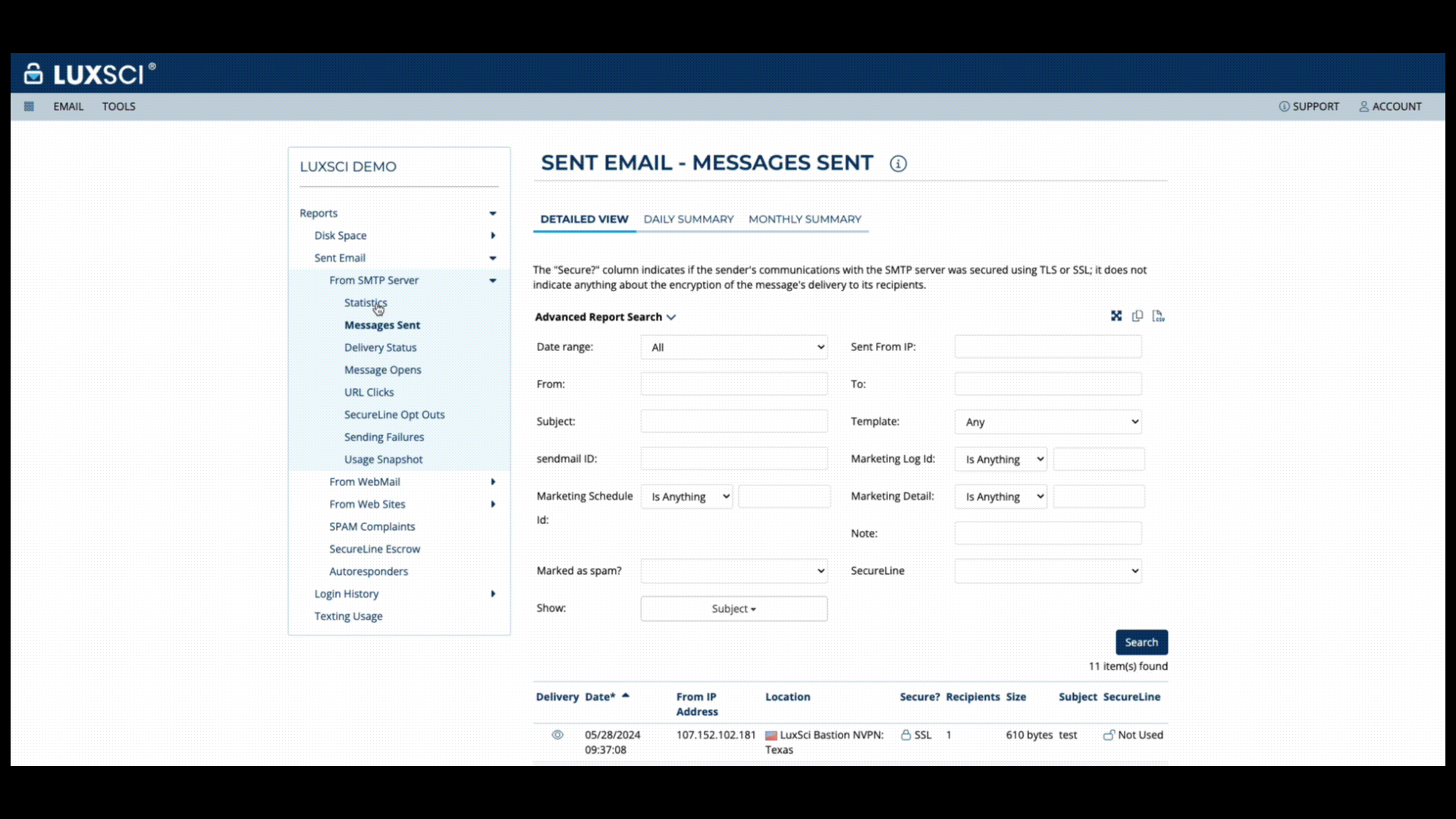Healthcare providers, payers, and suppliers increasingly rely on email communication for a wide variety of purposes pertaining to their patients’ and customer’s healthcare journeys. However, ensuring email messaging is both effective and HIPAA compliant requires the right infrastructure, including dedicated environments, high throughput and low latency, end-to-end encryption, scalability and compliance monitoring.
The Health Insurance Portability and Accountability Act’s (HIPAA) regulations mandate a series of data security and privacy requirements to safeguard the electronic protected health information (ePHI) contained in emails, which is a good place to start. At the same time, however, healthcare organizations must also consider deliverability best practices to ensure their messages successfully reach the intended recipients.
With all this in mind, this post discusses the infrastructure requirements for HIPAA compliant email. We’ll explore the differences between transactional and marketing emails, as well as infrastructure and compliance considerations for each.
What Are Transactional Emails?
Transactional emails are messages that correspond to a previous interaction between a healthcare organization and an individual. A patient or customer will trigger the delivery of a transactional email by taking a specific action – with the transaction email being confirmation of the action.
Examples of transactional emails include:
- Explanation of Benefits
- Billing statements
- Invoices
- Appointment confirmations and reminders
- Order updates and shipping notifications
- Password resets and security notifications
- Plan renewal confirmation
- Payment failure notifications
- In-home care communications
Healthcare companies can also use transactional emails to communicate relevant instructions, next steps, or follow-up actions.
What Are Marketing Emails?
Marketing emails contain content designed to influence the recipient into taking a particular action, usch as ordering a new product or sign up for a new service. Subsequently, they often contain informational materials intended to educate the individual so they can make a more informed decision.
Examples of marketing emails include:
- New product or service launches
- Promotional offers
- Loyalty reward notifications
- Customer reviews and testimonials
- Educational materials or campaigns
- Preventative care outreach
- Event Invitations
- Re-engagement messages (e.g., “We Miss You!..”)
With the proper data safeguards and the effective use of ePHI, marketing emails can be personalized to be made more relevant to the recipient. This then allows patients or customers to be segmented into subgroups according to particular commonalities, e.g., age, gender, lifestyle factors, medical conditions, etc.
Opt-in Rules for HIPAA-Compliant Email Communication
One significant difference between marketing and transactional emails is that recipients must explicitly opt-in to receive marketing emails.
HIPAA requires explicit patient consent for marketing emails if they contain ePHI, requiring individuals to opt-in to receive email marketing communications from a healthcare organization. Neglecting to allow people to opt-in to your marketing communications leaves your company open to the consequences of HIPAA non-compliance, which include financial penalties and reputational damage.
Conversely, healthcare organizations aren’t required to obtain opt-ins to send transactional emails, but these communications are still subject to other HIPAA regulations, such as encryption and audit logging.
Additionally, marketing emails must comply with the CAN-SPAM Act: US legislation that governs commercial email communication and protects individuals from deceptive sales and marketing practices. The CAN-SPAM Act requires healthcare organizations to provide an opt-out mechanism in the event they no longer wish to receive marketing emails. Subsequently, you must always allow individuals to opt out of marketing emails to stay compliant.
Email Infrastructure Requirements For HIPPA-Compliance
As the vast majority of healthcare organizations need to send marketing and transactional emails, they must have the appropriate infrastructure to facilitate the optimal delivery of both types of emails. Consequently, for HIPAA compliant email, they need to establish the appropriate infrastructure configurations for each, according to their differing purposes, sending patterns, and compliance considerations.
Let’s look at the infrastructure requirements for each email type in turn, before looking at considerations that pertain to both types of email.
Key Transactional Email Infrastructure Considerations
Transactional emails are sent to a sole patient or customer, with the information therein only intended for that specific individual. Additionally, they can be highly time-sensitive: for example, a password reset or similar emails related to logins and service use must be immediate, while order confirmations need to be delivered ASAP to reassure clients of a company’s reliability and trustworthiness.
Accounting for this, the infrastructure requirements for transactional emails include:
- High Speed and Low Latency: servers that are optimized for high IOPS (input/output operations per second) and minimal processing delays to ensure near-instant delivery
- Dedicated IPs: this helps healthcare companies maintain a strong sender reputation to avoid blacklisting, being labelled as spam, etc. This is crucial for reliable, fast delivery.
- High Availability and Redundancy: this includes load balancers, failover servers, and geographically distributed data centers to ensure comprehensive disaster recovery and more robust business continuity protocols.
Key Marketing Email Infrastructure Considerations
In contrast to transactional messages, marketing emails must often be sent out in high volumes, which could be as many as hundreds of thousands or millions per month. As a result, marketing email campaigns have different computational demands, i.e., CPU and storage, than transactional messages intended for a single person.
Subsequently, the infrastructure requirements for marketing emails include:
- High Volume and Scalability: marketing messages require a larger throughput to facilitate the bulk delivery of email. Additionally, servers should scale easily to accommodate increasingly larger campaigns without suffering bottlenecks.
- Queueing and Throttling: marketing email infrastructure must prevent sending surges that could trigger spam filters or overload recipient servers, which often results in blacklisting.
- Dedicated vs. Shared Infrastructure: it’s important to consider whether to opt for private versus shared infrastructure, depending on the size of your organization and the scale of your campaigns. Large senders often use dedicated IPs for better control, while smaller companies or campaigns might use shared pools with strict sender reputation management.
Key Infrastructure Considerations for Both Types of Email
Lastly, there are infrastructure requirements that apply to both types of email that will help facilitate their fast and reliable delivery, respectively. These include:
- Separate Infrastructure: consider hosting your transactional and marketing emails on separate servers. This benefits transactional emails in particular, as there are several factors inherent to marketing email campaigns, such as bounced emails and being flagged as spam, that affect an email IP’s reputation. Separate infrastructure maintains the integrity of a healthcare company’s IP address for transactional emails, ensuring they are delivered unimpeded.
- Encryption: the ePHI in all email communications must be encrypted in transit, i.e., when sent to individuals, and at rest, i.e., when stored in a database. This helps safeguard the patient data within the message, regardless of its nature.
- HIPAA Compliance Monitoring: remaining aware of what ePHI is included in email communications. This keeps data exposure to a minimum and mitigates the unintentional inclusion of patient data in email communications.
- Logging and Auditing: this not only allows you to track email activity, but you also can measure the efficacy of your email communications, who accessed ePHI, and what they did with it. This is an essential part of HIPAA compliance and will be subject to tighter regulation when the updates to HIPAA’s Security Rule come into effect in late 2025.
HIPAA-Complaint Email Solutions From LuxSci
LuxSci offers HIPAA compliant email solutions designed to optimize the reliability and deliverability of both transactional and marketing emails.
LuxSci’s Secure High Volume Email solution offers:
- Dedicated, high-performance infrastructure to ensure fast and reliable delivery.
- Scalable infrastructure for high-volume email campaigns, ensuring reliability even as sent emails venture into the hundreds of thousands or millions.
- Dedicated IPs and reputation management tools to prevent blacklisting and deliverability issues.
- Logging, tracking, and audit trails for HIPAA compliance and security monitoring.
LuxSci’s Secure Email Marketing platform provides:
- Hypersegmentation for personalized patient and customer engagement.
- Detailed tracking and reporting capabilities for performance monitoring and compliance auditing.
- Automated campaign scheduling for reduced administrative overhead.
- Opt-in and list management tools to ensure compliance with HIPAA and CAN-SPAM.
Discover how our solutions can meet your evolving email infrastructure requirements today.











